
What Is The Future Of Email Marketing
Email marketing has been a powerful tool for businesses for decades. Choosing the right email marketing service can optimize strategies and gauge campaign performance effectively.

In business, success hinges on the ability to adapt. Technological innovation, market shifts, and customer needs evolve constantly. Unfortunately, some brands miss the mark, becoming cautionary tales of what happens when companies fail to innovate. Below, we explore ten well-known brands that went extinct because they couldn’t keep up with the pace of change. From Blockbuster to Henri Bendel, these once-dominant companies lost relevance because they couldn’t innovate.
Marketing innovation is crucial because it allows brands to stay relevant and competitive in a constantly evolving marketplace. By adopting new marketing methods and technologies, businesses can better connect with their target audience, meet changing customer needs, and adapt to market shifts. Without continuous innovation, brands risk becoming outdated and losing market share.
Technological innovation has transformed modern marketing by providing businesses new tools to reach and engage with their audience. From social media platforms and digital ads to data analytics and artificial intelligence, embracing these technologies allows companies to optimize their strategies, enhance the customer experience, and stay ahead of competitors. Brands that fail to integrate these advancements into their marketing efforts risk falling behind.
Brands that fail to adapt to market shifts often experience declining sales, loss of relevance, and extinction. As consumer behavior changes, often driven by new technologies or cultural trends, businesses must pivot their strategies to meet these evolving demands. Companies that cling to outdated methods or ignore market signals, like Blockbuster or Kodak, often struggle to survive.
Balancing disruptive and incremental innovation is essential for long-term success. Disruptive innovation allows companies to make bold moves that can transform their industry or enter new markets. Incremental innovation, on the other hand, involves making small but continuous improvements to stay competitive. A successful business strategy should include both approaches to drive growth and respond to industry changes.
The key lesson from these brands is that complacency can lead to failure. Companies like Blockbuster, Toys “R” Us, and Kodak were once industry leaders, but their refusal to adapt to new technologies, market shifts, and changing customer needs resulted in their downfall. To avoid a similar fate, businesses must embrace change, prioritize innovation, and remain flexible in their strategies.
Staying ahead in marketing isn’t just a competitive advantage—it’s essential for survival. From shifting customer preferences to disruptive innovations, the business landscape is constantly evolving, and companies must be able to adapt their marketing strategies to meet these changes. Those who succeed are the ones who embrace new ideas, leverage emerging technologies, and continuously optimize their approaches to keep pace with the demands of the market.
The importance of marketing innovation and adaptability cannot be overstated. Brands that fail to evolve risk losing relevance, much like the brands we’ll discuss later. Whether through incremental innovation or radical shifts, businesses that stay flexible and proactive in their marketing efforts thrive.

Technological innovation has radically transformed how businesses market their products and services. The days of relying solely on traditional methods, like print ads and TV commercials, are long gone. Companies must tap into new technologies to reach their target audience more effectively. Modern marketing requires brands to embrace various tools, from social media platforms to digital advertising and data-driven insights.
For example, the rise of online business models has allowed companies to reach a global audience with just a few clicks. E-commerce platforms, digital ads, and search engine marketing (SEM) have made it easier than ever to connect with potential customers—but only if businesses are willing to adapt to these changes.
Those who fail to integrate new marketing methods and technologies into their strategies risk being left behind. Just look at how traditional retailers have struggled against online giants like Amazon. The key is to embrace digital disruptions rather than fear them, using technology to enhance customer experience and drive engagement.
Innovation doesn’t only apply to products or technologies—it’s equally crucial in marketing. Marketing innovations must stand out in a crowded marketplace, where consumers are bombarded with information from every direction. This could mean exploring new marketing methods, finding creative ways to promote existing products, or completely rethinking how your brand engages with its audience.
Consider brands like Nike, which continuously reinvents how it markets its products through storytelling and digital engagement. By staying attuned to consumer needs and utilizing cutting-edge marketing strategies, Nike remains a leader in its industry, while others that failed to innovate have faded away.
Marketing innovation isn’t about following the latest trends for its own sake. It’s about understanding your audience and the market and how to create value in a way that resonates. The best companies always search for innovative products and strategies to create lasting impacts.
One of the most critical aspects of staying ahead in business is recognizing when market shifts occur and adapting accordingly. Consumer behavior is fluid, driven by technological changes, culture, and even global events. A brand’s success hinges on its ability to anticipate these shifts and respond with strategies that align with customer needs.
Take, for example, the growing importance of sustainability and social responsibility. Modern consumers, particularly millennials and Gen Z, care deeply about a brand’s values. They expect businesses to provide quality products and take a stand on environmental and social issues. Brands that fail to adjust to this shift in priorities risk alienating a significant portion of their audience.
This is where scientific and technological activities come into play. By investing in research and development, innovative companies often can stay ahead of the curve, predicting where the market is headed and preparing their strategies accordingly. However, those who refuse to adapt struggle to maintain relevance as consumer priorities evolve.

Failing to innovate in marketing can have disastrous consequences. As we’ll explore in the stories of the brands that went extinct, clinging to outdated strategies in the face of technological activities and market shifts can quickly lead to a company’s downfall.
Ignoring the rise of online business, failing to embrace new digital marketing techniques, and neglecting the importance of customer experience can leave even the most established brands vulnerable. Whether it’s a refusal to adapt to new technologies or an inability to evolve marketing methods to meet changing consumer needs, the results are often the same: declining sales, loss of market share, and irrelevance.
Innovation in marketing isn’t always about massive, disruptive changes. Often, it’s about incremental innovations that gradually enhance a business’s engagement with its audience. These small but significant changes could include improving a website’s user interface to make it more intuitive, integrating AI into customer service processes, or experimenting with new marketing methods on social media platforms.
However, there are times when radical innovation is necessary. When a brand faces a market shift or a disruptive competitor, it may need to make bold moves to stay competitive. For example, companies like Netflix and Amazon embraced and helped define the digital revolution. Their willingness to innovate radically transformed their industries, allowing them to dominate while their competitors struggled to keep up.
The failure to adapt is not a new problem in business. Over the past century, we’ve seen countless brands rise to prominence only to fall because they couldn’t keep up with the changing landscape. Many companies, from retail giants to tech pioneers, mistakenly believed their previous success would carry them through evolving markets.
However, innovation occurs continuously, and businesses must be willing to pivot when necessary. Technological activities and shifts in consumer behavior will always present new challenges. Still, they also offer opportunities for revenue growth if companies are proactive about adapting their marketing strategies.
Staying ahead of your competition requires more than adopting new tools or marketing techniques—it requires foresight and flexibility. The most successful brands don’t just respond to market changes but anticipate them. By investing in scientific and technological activities, continuously improving marketing methods, and keeping a close eye on market shifts, businesses can position themselves as leaders rather than followers.
Flexibility is key here. While a strong brand identity and strategy are essential, companies must also be willing to evolve. Whether that means launching new digital platforms, rethinking how they engage with consumers, or expanding into new markets, a sense of flexibility ensures longevity in a world where innovation is constant.
Ultimately, the businesses that succeed in today’s fast-paced environment are the ones that prioritize innovation. Whether adopting the latest technologies, refining product promotion, or exploring new ways to engage with customers, innovation keeps brands relevant and competitive.
The next section will discuss 10 brands that failed to innovate and paid the ultimate price. These cautionary tales show exactly what happens when businesses fail to stay ahead of marketing and refuse to adapt to a rapidly changing world.

Blockbuster was once the king of video rentals, with over 9,000 stores worldwide. Blockbuster was the go-to for movie rentals at its peak, offering physical copies of nearly everything from Hollywood hits to obscure indies. However, the company’s downfall was a failure to embrace technological innovation. While Netflix pivoted to online streaming, Blockbuster clung to its brick-and-mortar stores, assuming that physical rentals would remain dominant.
As online business models and new technologies gained momentum, Blockbuster’s refusal to innovate led to its collapse. Its inability to compete with digital disruptions sealed its fate, making Blockbuster a prime example of a brand destroyed by poor timing and failure to innovate.
Kodak is perhaps the most famous example of a company that failed to adapt to disruptive innovation. Ironically, Kodak invented and developed the digital camera but hesitated to introduce it, fearing it would eat into its film business. Instead of leading the digital revolution, Kodak clung to its film sales, hoping to preserve its market dominance.
As digital photography boomed, Kodak found itself losing relevance. Other companies, like Canon and Sony, jumped on the digital bandwagon, leaving Kodak behind. The company filed for bankruptcy in 2012, a victim of its hesitation to embrace change and technological activities that could have secured its future.
Toys “R” Us was once the largest toy retailer in the world. The store was a wonderland for children and a convenient destination for parents. However, it failed to adapt to the rise of online shopping and new marketing methods. While other retailers expanded their e-commerce platforms, Toys “R” Us relied too heavily on its physical stores. Operating too many stores without prioritizing its online presence proved disastrous.
Competing with other toy vendors like Amazon and Walmart, Toys “R” Us struggled with declining foot traffic and mounting debt. The brand’s failure to evolve with the digital revolution led to its eventual demise in 2018.

Radio Shack was once the go-to destination for DIY electronics enthusiasts, offering everything from resistors to radios. In its prime, the company was known for its wide selection of electronic gadgets and technical expertise. However, Radio Shack’s failure to embrace the shift toward mobile technology and online business spelled its doom.
As consumers gravitated toward smartphones and tablets, Radio Shack’s outdated product mix and poor marketing innovation left it struggling. While companies like Best Buy and Amazon thrived, Radio Shack couldn’t compete. It filed for bankruptcy twice, eventually closing most of its stores.
Blackberry was once synonymous with business communication. Its QWERTY keyboard and secure messaging made it a favorite among many users and professionals. However, the brand failed to adapt when mobile phones evolved. As Apple and Android smartphones introduced touchscreens and app ecosystems, Blackberry stuck with its physical keyboard, assuming consumers would prioritize function over form.
The company’s inability to pivot and embrace radical innovation caused it to lose market share. Blackberry’s once dominant market share dwindled to nearly nothing, illustrating the danger of ignoring market shifts.
Polaroid was famous for its instant cameras, which offered consumers the novelty of seeing photos moments after they were taken. However, when digital photography took off, Polaroid was slow to react. It clung to its film-based products, failing to see the demand for innovative products that appeal to digital photographers.
It was too late when Polaroid attempted to transition into the digital camera space. The company’s failure to understand the growing importance of scientific and technological activities led to its bankruptcy in 2001.

America Online (AOL) was once the dominant force connecting people to the internet. Remember those free AOL trial CDs that everyone received in the mail? AOL’s dial-up internet service helped millions of people get online but couldn’t keep pace as broadband internet and new technologies emerged.
Rather than focusing on broadband, AOL stuck to its dial-up roots for too long. Competitors like Comcast and Verizon seized the broadband market, and AOL’s user base dwindled. The company’s failure to innovate left it as a relic of the early internet era.
Vine burst onto the social media scene with its six-second videos, quickly gaining popularity with influencers and brands. However, the company failed to innovate fast enough to keep up with competitors like Instagram and Snapchat. The app lacked the flexibility for longer content, and disruptive innovation from other platforms made Vine’s offering seem outdated.
Twitter, which bought Vine, couldn’t figure out how to monetize or evolve the platform, leading to its shutdown in 2017. Vine’s rise and fall were swift, but they remind us of the importance of continuous innovation and adaptability in the tech world.
For over a century, the Ringling Bros. and Barnum & Bailey Circus was a spectacle that entertained millions. However, as societal views on animal rights shifted and more diverse forms of entertainment became available, the circus struggled to remain relevant. The company’s failure to innovate its performances and move away from animal acts resulted in declining ticket sales and protests.
Despite efforts to revamp its shows, it was too late. In 2017, the “Greatest Show on Earth” closed its curtains for the final time, unable to adapt to changing consumer preferences and market shifts.
Henri Bendel was an iconic luxury brand known for its high-end fashion and accessories. Founded in 1895, the brand had a loyal following for over a century. However, it struggled to compete with modern luxury retailers and the rise of online business. While competitors embraced the concept of digital storefronts and innovative marketing strategies, Henri Bendel stuck to its brick-and-mortar model, failing to evolve its customer experience.
Despite being a beloved brand, its outdated business model couldn’t compete with luxury e-commerce giants like Net-a-Porter and Farfetch. The company closed all its stores in 2019, a victim of its failure to innovate in the face of growing competition.
Each of these brands serves as a powerful example of what happens when innovation occurs too late—or not at all. Technological innovation, marketing innovation, and the willingness to explore new markets are essential to staying competitive in today’s business environment. Whether through poor timing, clinging to outdated business models, or failing to embrace new technologies, these companies couldn’t meet evolving customer needs.

Brands must balance disruptive innovation with incremental innovation. While disruptive innovation allows companies to enter new markets or completely transform their offerings, incremental innovation helps them stay competitive by making small, continuous improvements. Both approaches are necessary for long-term success.
In the fast-changing digital world, businesses that ignore the digital revolution or fail to optimize for online business risk extinction. As customer habits shift toward e-commerce, companies that fail to engage with their audiences online or adapt their marketing methods are left behind.
The stories of Blockbuster, Kodak, and others highlight a common theme: failure to innovate leads to irrelevance. In an era where disruptive innovations constantly reshape industries, businesses must stay agile and open to significant changes to survive. To avoid the same fate as these fallen giants, companies must focus on continuous innovation, prioritize the needs of their customers, and embrace new technologies with a clear, forward-thinking strategy.

Email marketing has been a powerful tool for businesses for decades. Choosing the right email marketing service can optimize strategies and gauge campaign performance effectively.

Discover successful email marketing strategies to boost engagement, drive conversions, and grow your business with impactful campaigns.

Discover the basics of marketing automation and how it helps businesses save time, streamline campaigns, and boost results.

Discover the importance of lead generation for boosting business growth, building connections, and driving long-term success.

Explore the differences between traditional and digital advertising. Learn which strategy is best for your business, from broad reach to targeted campaigns.

Use LinkedIn’s new video feed to grow your audience. Learn specs, best practices, and tips for creating engaging posts to boost your visibility on LinkedIn.

How major social media legal battles in 2024, including Supreme Court rulings and the Kids Online Safety Act, are impacting businesses and digital marketing.

Gen Z Marketing That’s Breaking The Internet: Discover how Gen Z marketers use bold, unpredictable strategies to capture attention.

Learn how AI tools improve customer experience, streamline operations, optimize marketing, and reduce operational costs.
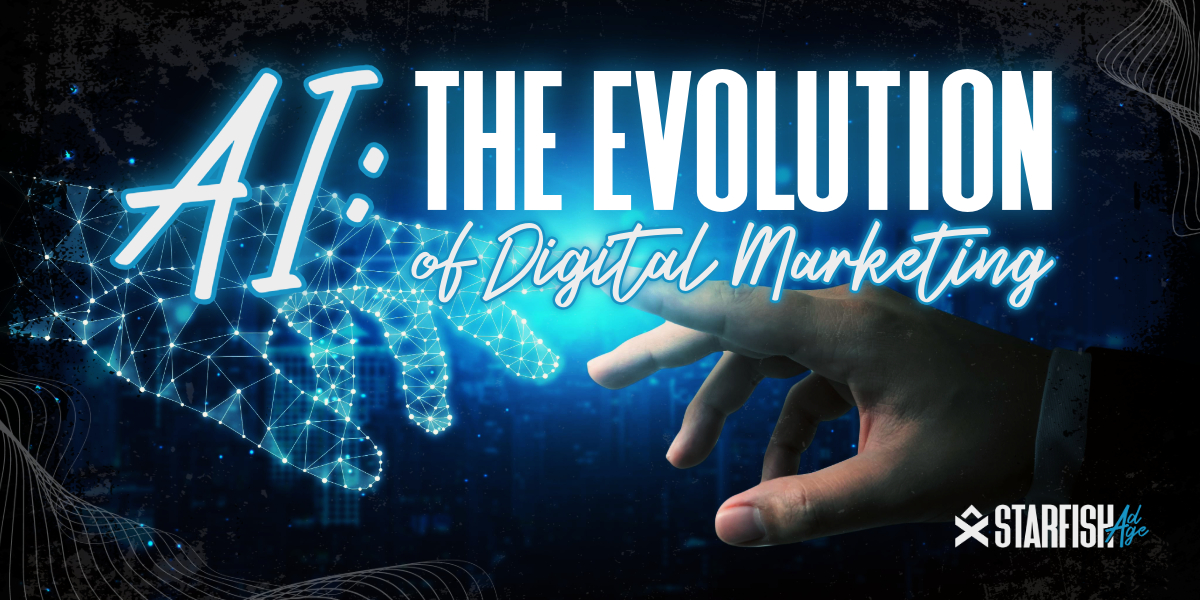
Discover how AI transforms digital marketing through automation, personalized strategies, and data-driven insights.
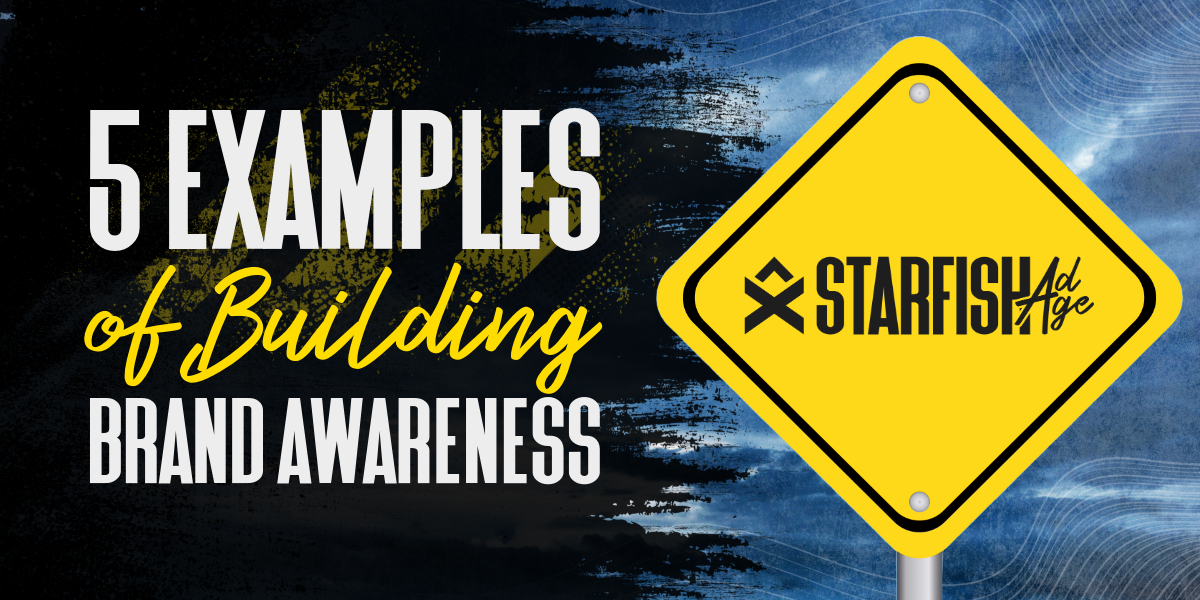
Discover five powerful strategies for building brand awareness, from partnerships and influencer marketing to social media and SEO.
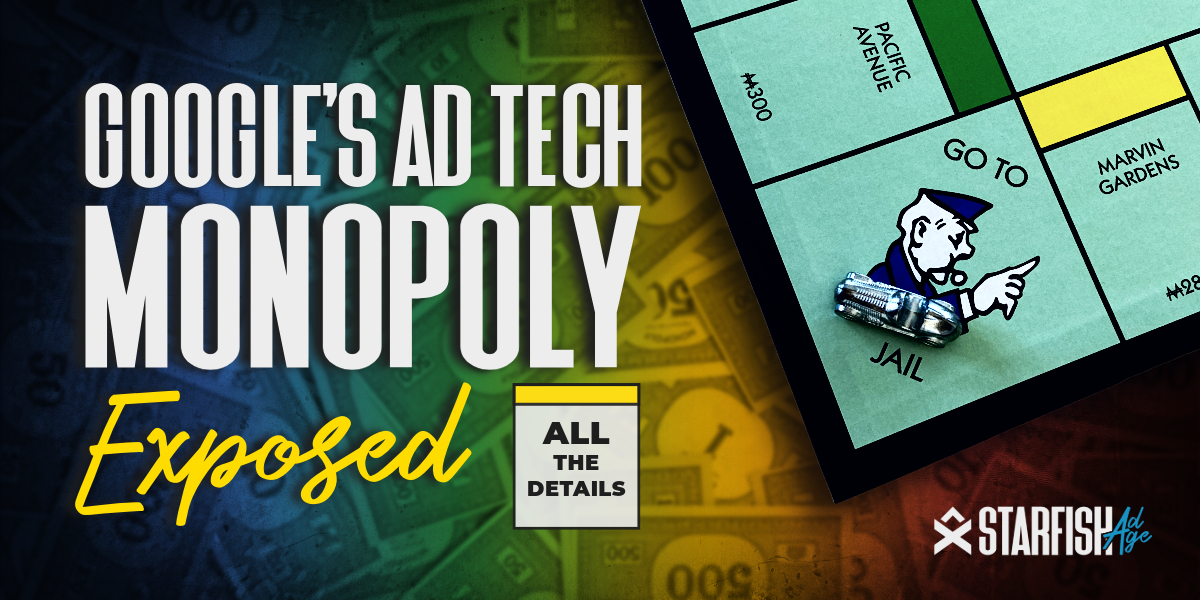
Get the latest insights on Google’s ad tech monopoly trial and how it could reshape digital advertising, competition, and your ad strategies moving forward.
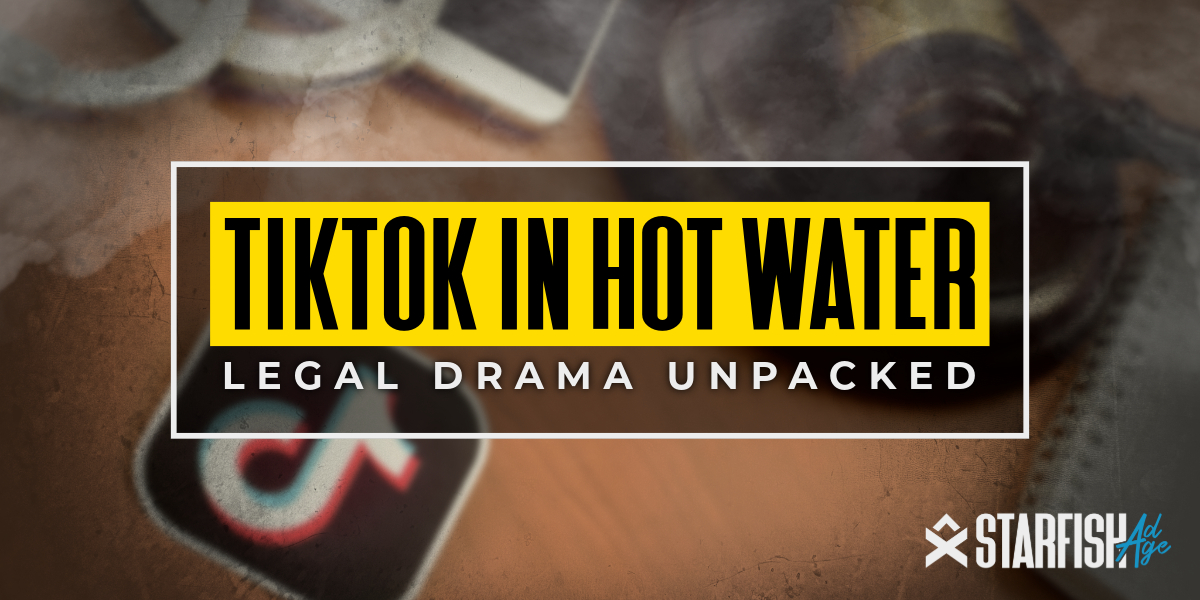
Follow TikTok’s legal battle against the ban and learn how it could affect creators. Get the facts and understand the potential future of the platform.

A few of the most significant marketing mistakes we’ve seen in 2024 so far, why they happen, and simple ways to avoid them to keep your campaigns on track.
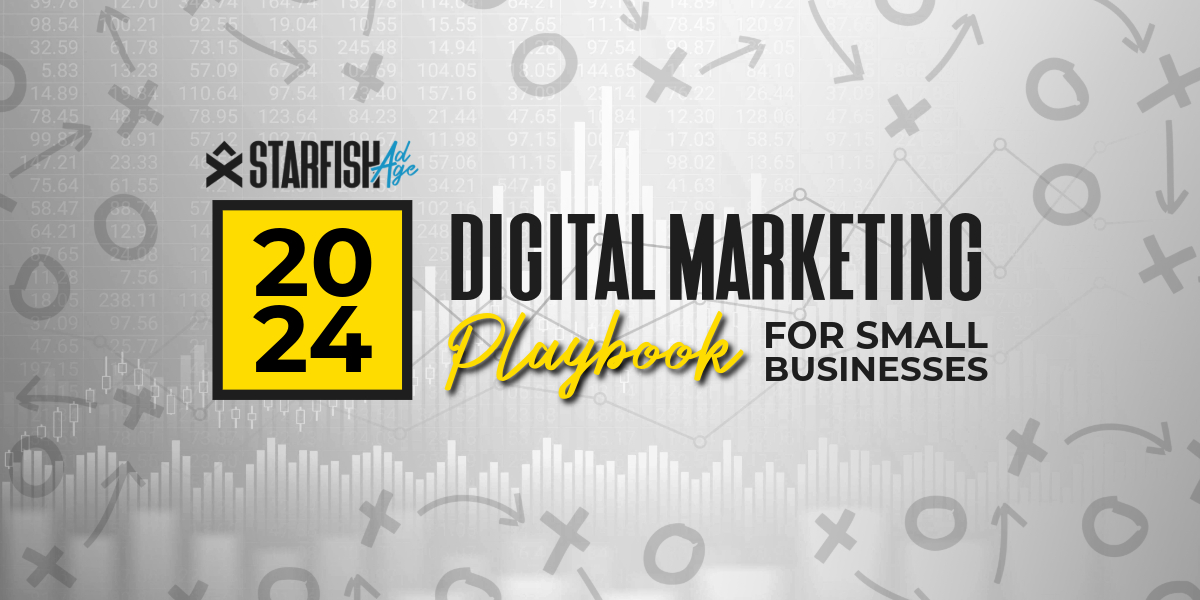
Explore key strategies in our 2024 Digital Marketing Guide. Learn to understand your audience, build an online presence, and optimize for business growth.

Discover 25 essential digital marketing tips for small businesses. Boost your online presence, attract customers, and drive sales with proven strategies.
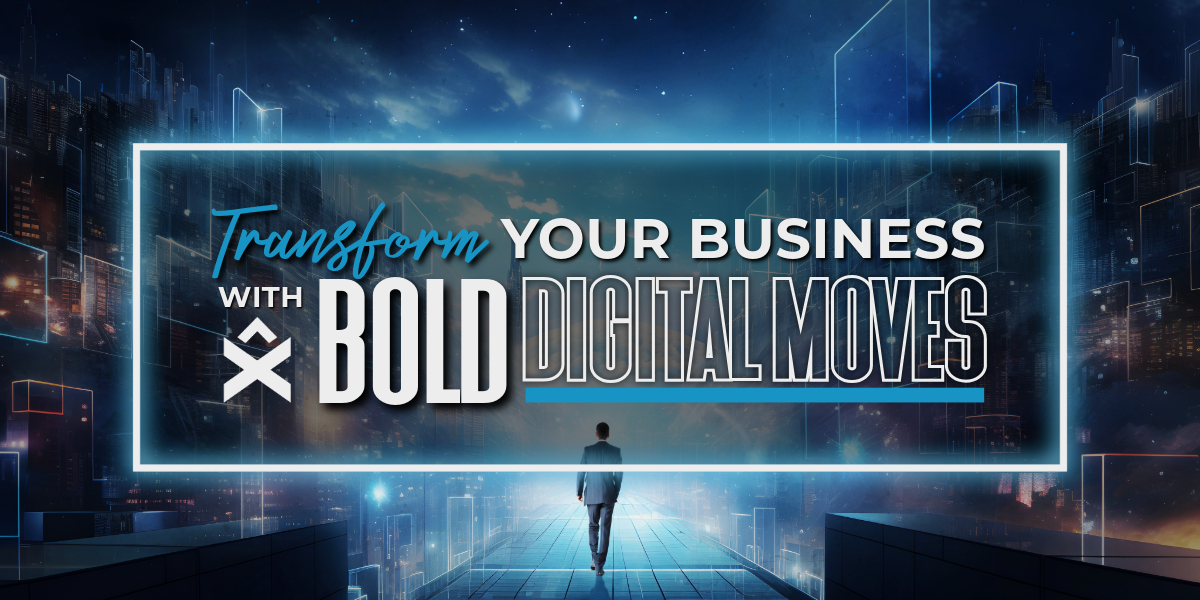
14 Essential Digital Marketing Solutions to Boost Your Business Growth

Learn about SEO, PPC, social media marketing, content marketing, and more to drive traffic and conversions. Read now!

Learn how to select the best digital marketing agency for your small business, the benefits of hiring an agency, and tips for maximizing your online presence.
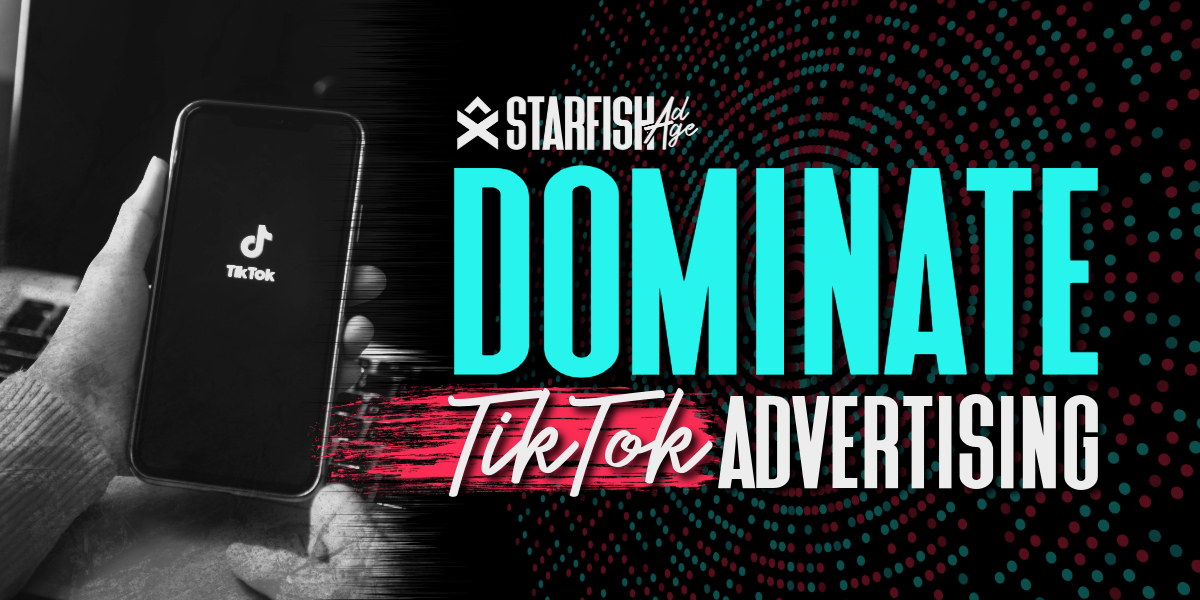
Learn how to leverage TikTok advertising, ad formats, targeting options, and best practices to increase brand awareness, and drive sales.
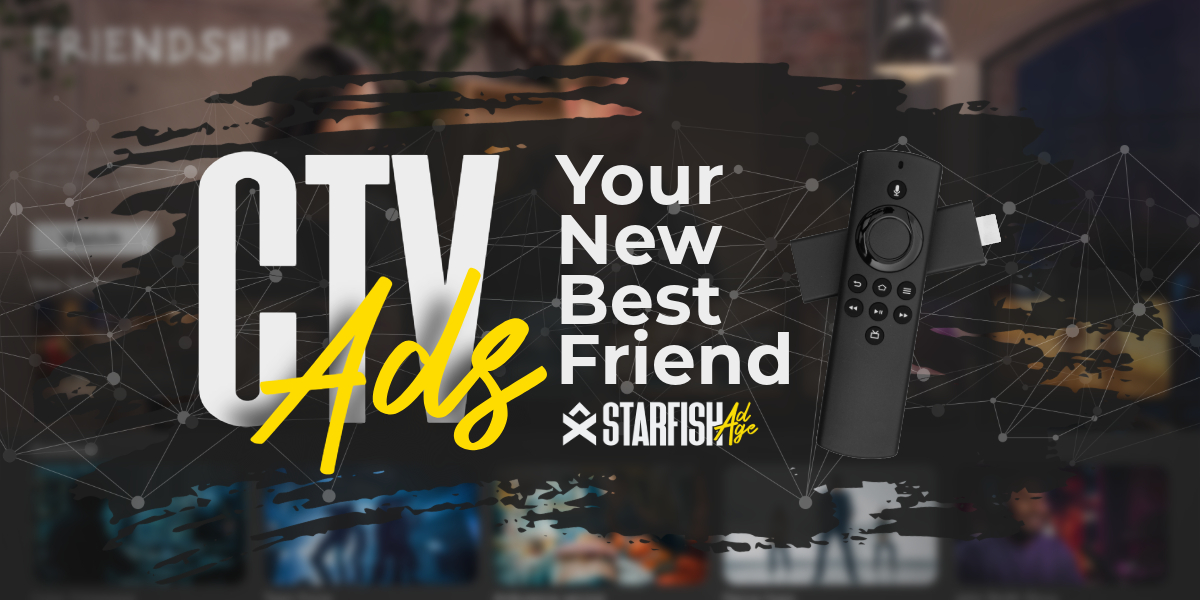
Learn about Connected TV (CTV) ads, their benefits, and how they work. Understand programmatic CTV advertising for effective digital marketing campaigns.

Discover the benefits of programmatic advertising, an automated method of buying digital ad space that enhances targeting, efficiency, and campaign performance.

Discover what SEO in digital marketing is and why it matters. Learn how search engine optimization can increase your business’s success.

Learn how to advertise on Google effectively. The basics of Google Ads, from setting up your account to targeting your audience and driving qualified traffic.
All Rights Reserved | Starfish Ad Age LLC | 2023 | Privacy Policy